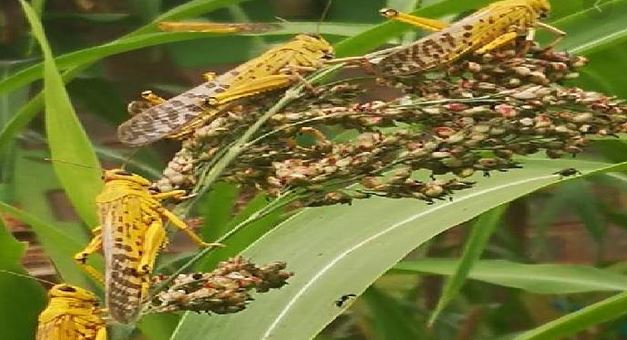×
The Standard e-Paper
Home To Bold Columnists

Kenya may have ducked a major food security crisis this year following the invasion of the desert locusts that started early in the year, though the crisis has been recurring.